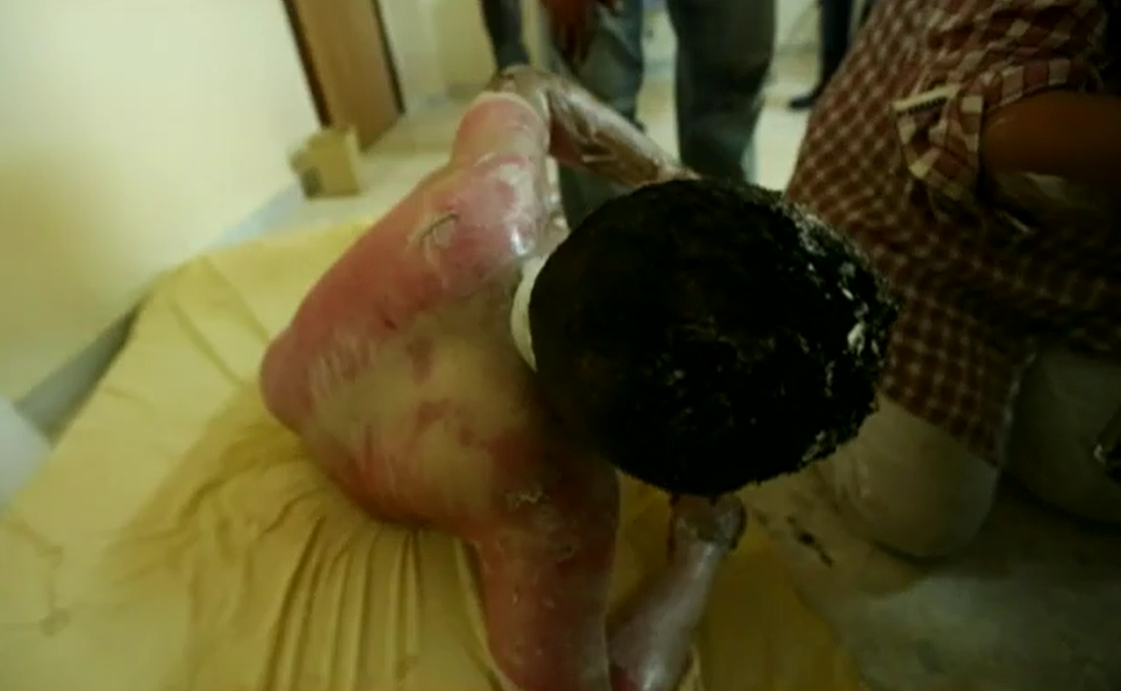
Chemical weapons aren’t the only lethal weapons in Syria
With international condemnation once again narrowed in on the use of chemical weapons in Syria, other grave human rights violations escape such attention. As American comedian Jon Stewart sarcastically put it, “you can’t use chemicals to kill your own people, you have to do it organically.” The satire underlines the unfortunate reality that, while deserving of outrage, fixation on chemical weapons overshadows other ongoing and well-documented violations committed by the government as well as rebels in Syria.
If disgust and horror explain the focus on chemical weapons, there is no shortage of gruesome attacks using other weapons that the international community has long sought to ban. As mentioned in our previous post, the BBC investigated and rebroadcast videos showing the aftermath of an apparent incendiary bomb attack on a school playground in northern Syria last month. “Like the walking dead” is how the victims are characterized; the video shows people with scorched skin, wailing in pain and stumbling to walk. But the attack wasn’t an isolated incident. According to a Human Rights Watch (HRW) report on aerial bombing in Syria, incendiary weapons were used at least five times in November and December of last year.
While Syria has rejected the Chemical Weapons Convention[1] banning chemical weapons, it has also failed to sign the Convention on Conventional Weapons (CCW) that includes a ban on cluster munitions. The Cluster Munitions Monitor 2013 “identified 152 locations across Syria where at least 204 cluster munitions have been used, including in the governorates of Aleppo, Idlib, Latakia, Hama, Deir ez-Zoir, Homs, Daraa, Raqqah, and Rif-Dimashq.” The report also cited HRW documentation from October 2012 recording 46 cluster bombs being used within one two-week period alone. Notorious for their wide disbursement and indiscriminate nature, the use of cluster bombs in densely populated areas can easily result in civilian casualties.
When the evidence demonstrates that civilians have been killed, that fact should be paramount. Documentation supports the fact chemical weapons have been used, but it is conventional weapons, including incendiary bombs and cluster munitions, that are responsible for the majority of the 100,000 Syrians killed so far. A recent United Nations estimate puts the monthly death toll in Syria at 5,000 – if the death toll of the Ghouta chemical attack was 1,400 people, then Syria suffers roughly one “Ghouta” a week. Whether Syrians die by chemical weapons or other means, accountability must not slight them, and documentation of all violations must continue.
Signup to receive the SJAC’s Weekly Updates here.
Follow us on Twitter at SJAC_info.
[1] Convention on the Prohibition of the Development, Production, Stockpiling and Use of Chemical Weapons and on Their Destruction (1997).